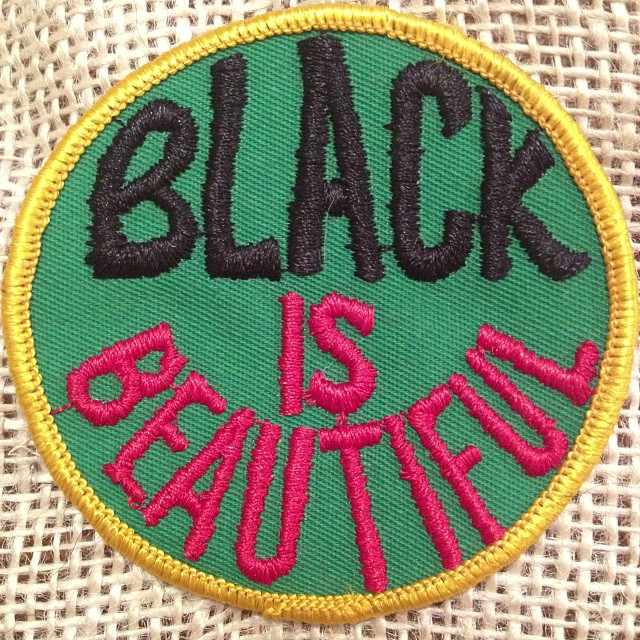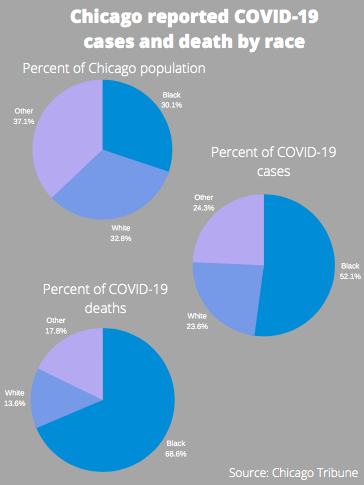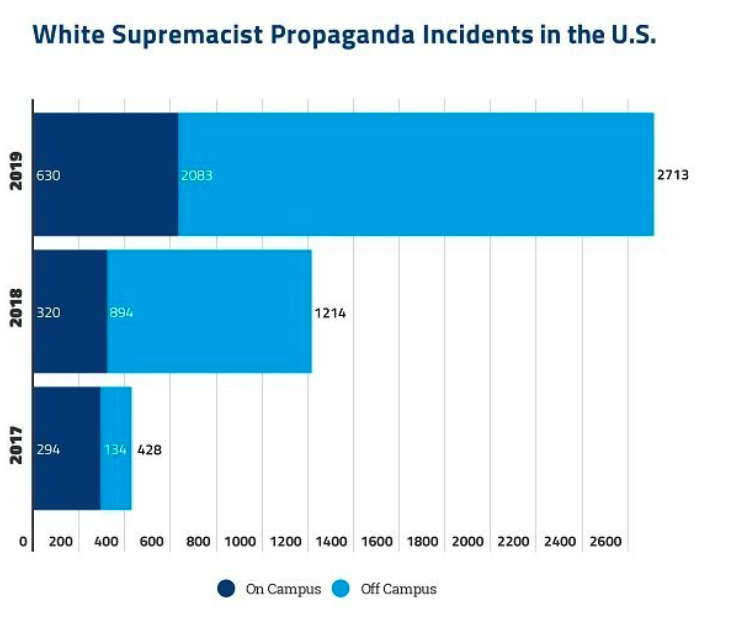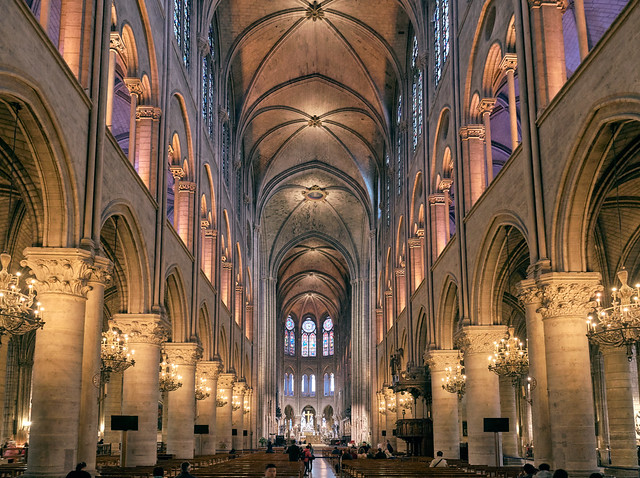Commercialized holiday seasons can lead people astray from the true meaning of Christmas and the controversies behind it.
Malkia Stampley, director of this year’s second annual “Black Nativity,” a gospel song play, at the Marcus Center for Performing Arts, said she wants to tie in this history-altering event into modern-day social justice issues.
The production, which runs from Dec. 1-11, was developed in collaboration with the Marcus Center and Black Arts MKE.
“When you think about Jesus being born, the controversy surrounding it, if you put it in today’s perspective, it’s still controversial,” Stampley said.
Langston Hughes, the playwright for this gospel song play, wrote the show’s music in 1961, during the height of the Civil Rights Movement.
Stampley said she wants to present the play with an emphasis on the role of religious leaders in the Milwaukee community when faced with social justice issues.
“There were religious leaders like Martin Luther King Jr., and you look at religious leaders today and their job descriptions have changed a little bit,” Stampley said. “They’re not active in the same way.”
The first act starts with the biblical story of Mary and Joseph coming into Bethlehem, but the context has changed a bit.
“Mary and Joseph are teenagers, as they might have been back then,” Stampley said. “(But) it takes place today, in a city like Milwaukee, in a time like now.”
The piece is typically presented in a recital format to emphasize the song and dance. In this version, the music has been updated. There are still traditional church hymns, Christmas music and gospel singing, but some of the medleys have been rearranged in more modern styles.
Stampley’s production does not focus as much on the music – it’s more theatrical, with lots of collaboration between the designers and production team to reference the uncomfortable circumstances of the African-American community today.
“We don’t directly reference events like Sherman Park or Ferguson, but since it’s being presented here in Milwaukee, it’s very easy to see the connection,” Stampley said.
In the second act, two groups are presented as the street ensemble and the church ensemble. Stampley designed this to mirror how major events have a ripple effect in communities across the country.
“(There are) those who are on the front line at places like the Sherman Park riots the next day cleaning up and doing prayer circles,” Stampley said. “(Then there are) the leaders who teach from the pulpit, doing their duty of prayer and encouragement in a different way.”
Stampley said Mary’s status as an unmarried and pregnant teenager whose fiancee was a carpenter ties the nativity story into social justice issues.
In a contentious situation, Mary brought Jesus into a family of modest means. Still, the child was destined for greatness.
“In every child that is born, wherever they’re from, we all have that potential in us,” Stampley said.
Maddy Yee, the scenic designer and a Marquette alumna, said that the cast which includes a current Marquette student (Brielle Richmond, a sophomore in the College of Communication), is exceptional.
“Every time I’ve stopped by to drop off props or chat with management, the energy is through the roof,” Yee said. “It’s great to see a cast, especially one so large, get along and be excited to be doing what they’re doing.”
The energy of the cast mirrors the excitement and potential discussion the Marcus Center hopes to generate through this production.
“The Marcus Center’s mission is to build bridges between cultures,” Heidi Lofy, vice president of marketing and sales at the Marcus Center, said. “With this show, we not only get to engage diverse audiences, but we’re able to support the great work being produced by Black Arts MKE.”





